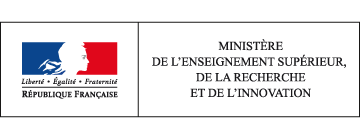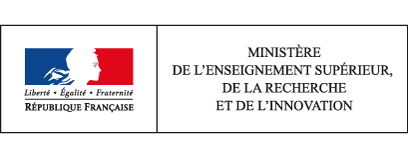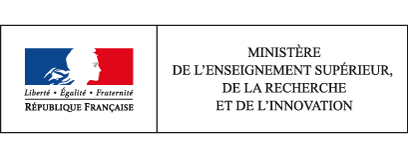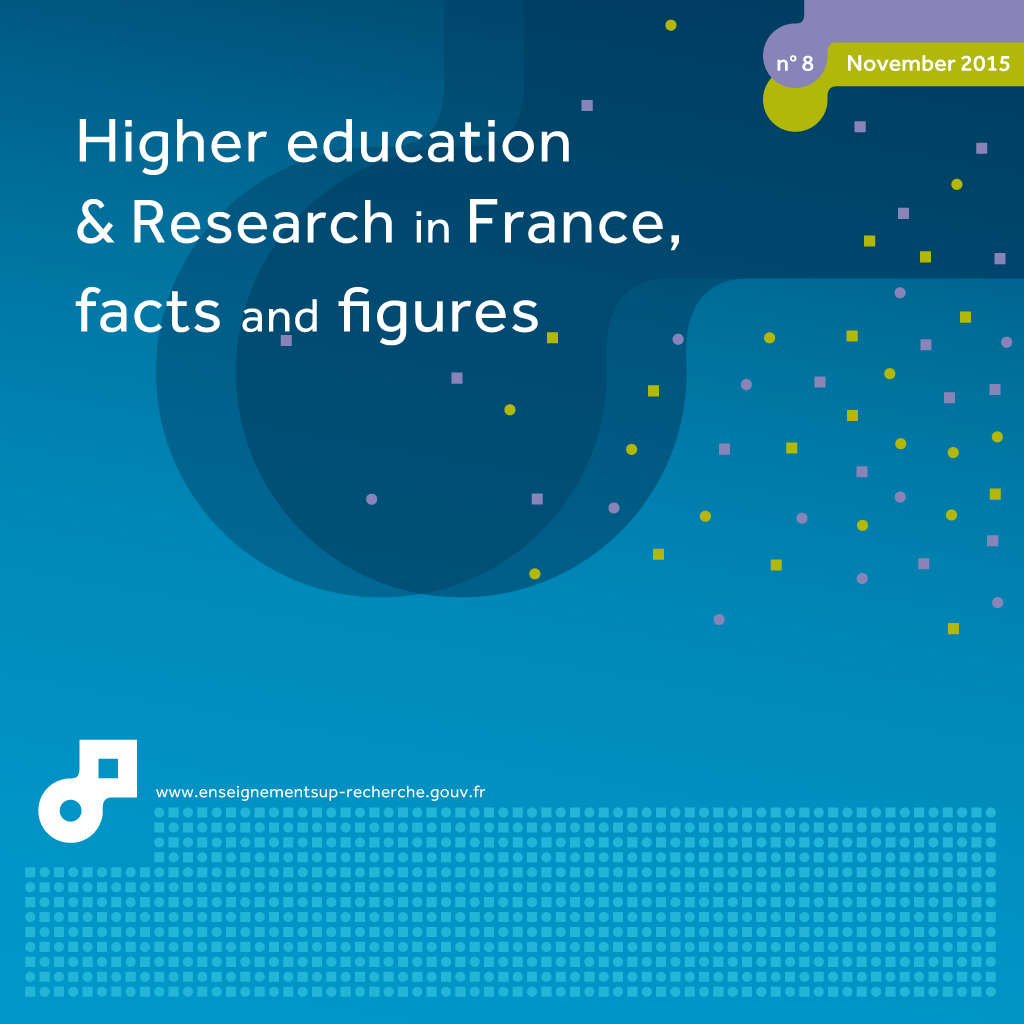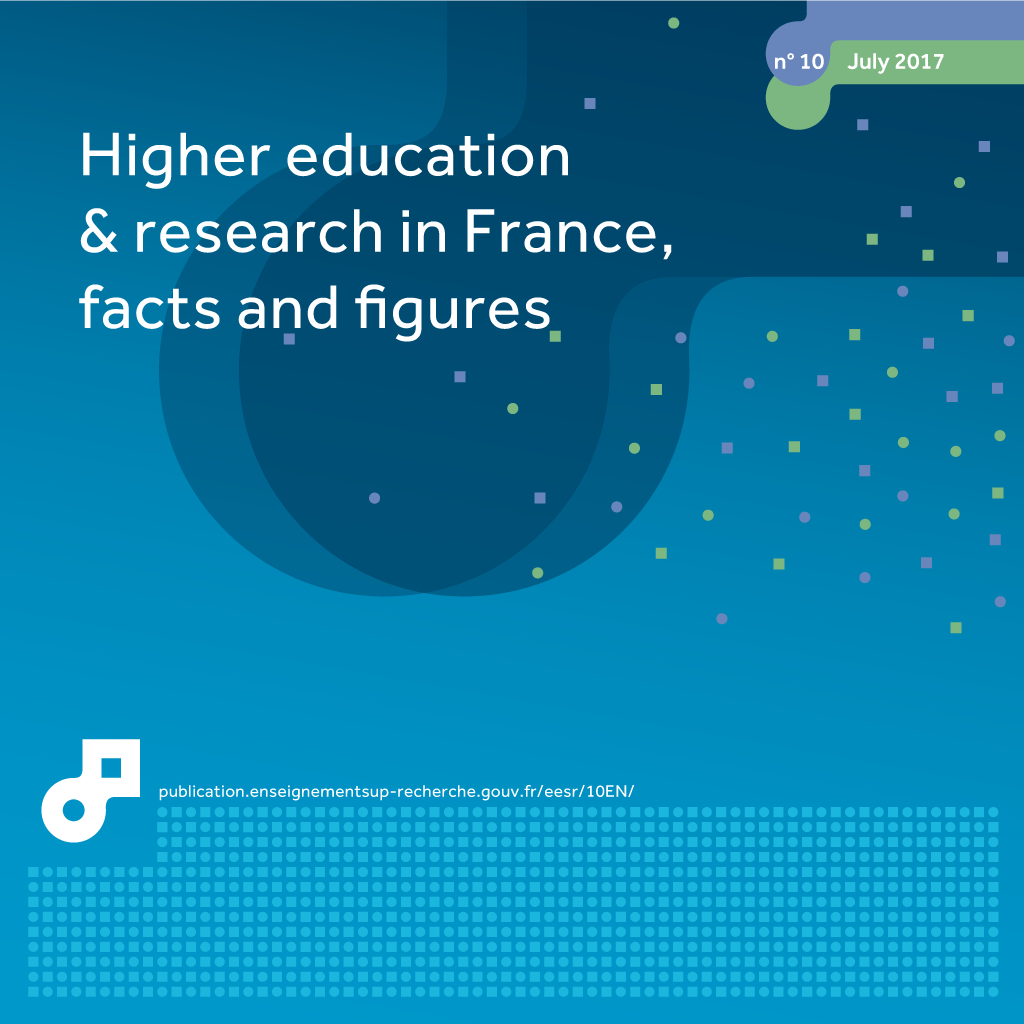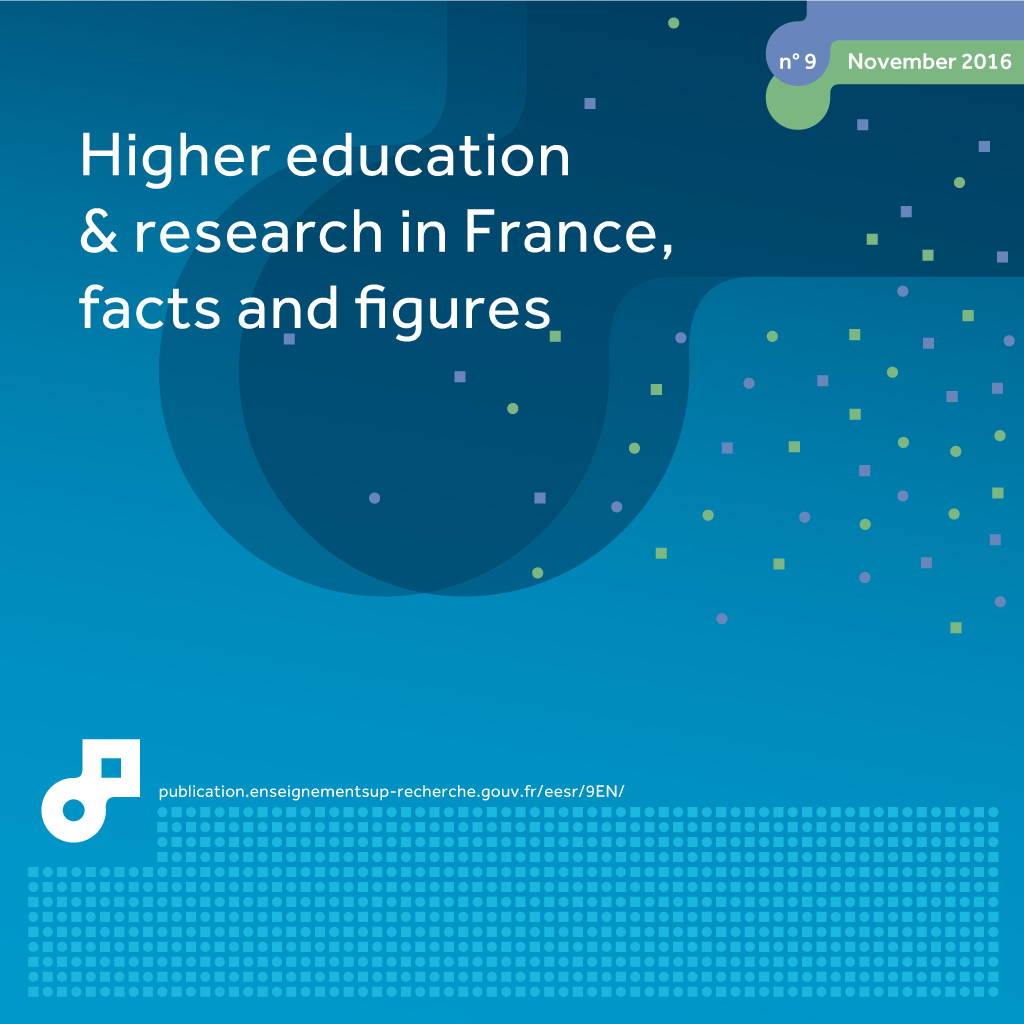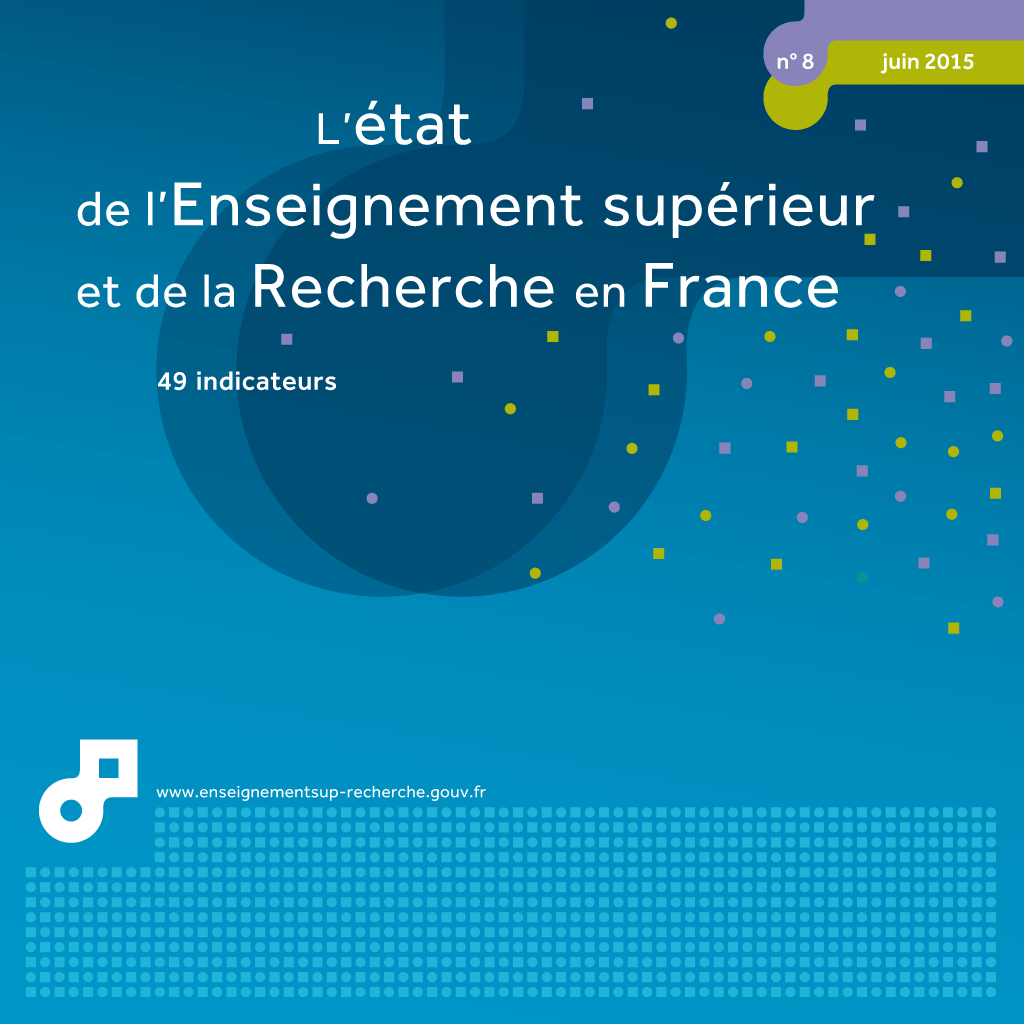10 profile of new baccalauréat holders entering the main branches of higher education
This page has been updated. Read 11. profil of new baccalauréat holders entering the main branches of higher education in Higher education & research in France, facts and figures 10th edition - June 2017
At the start of the 2013-2014 academic year, students holding a general baccalauréat represented 79.2% of new baccalauréat holders enrolled at university. The proportion entering IUTs had grown by 3.5 points since 2004 and reached 67.5% in 2013, but was in decline compared with 2012. STSs still recruit mainly technological baccalauréat holders, but the proportion is decreasing as numbers of vocational baccalauréat holders increase.
The vast majority of new students entering higher education hold the general baccalauréat, except in the Advanced technician's sections (Section de technicien supérieur - STS). They represent 95% of new students entering Classes preparing for admission to Grandes Ecoles (Classes préparatoires aux grandes écoles - CPGE). After falling back between 1995 and 2000, the share of general baccalauréat holders among new students entering university saw a slight upturn and reached 79.2% in 2013 (table 10.01).
In STS, it is technological baccalauréat holders who are most numerous among the new entrants (42%). However, this share has decreased regularly in recent years, and this decline continued at the start of the 2013-2014 year (-3.2 points compared with 2012). Conversely, the share of vocational baccalauréat holders increased 2.7 points compared with 2012. This share more than doubled between 2004 (14.6%) and 2012 (35.2%). In 2013, the long-term trend of increasing numbers of technological baccalauréat holders in technological university institutes (Institut universitaire de technologie - IUT) and vocational baccalauréat holders in STS was reinforced by the introduction of preferential student guidance.
In the 'other courses' (engineering schools independent from universities, business schools, paramedical and social care courses, etc.), general baccalauréat holders are still very much in the majority (83% of new entrants).
At university, the profile of new baccalauréat holders varies according to the branch in which they enrol. Scientific baccalauréat holders are concentrated in the "production" specialities at the IUT, in Sciences, Physical education and sports science and techniques (Sciences et techniques des activités physiques et sportives - STAPS) and in healthcare courses where they make up virtually all of those enrolled. The other general baccalauréat holders go into the Arts, Humanities, Law, Economics, Economic and Social Administration, and
'services' specialities at the IUT. 30% of new baccalauréat holders who enrol in IUTs have the technological baccalauréat, mainly in management sciences and technology (Sciences et technologies du management et de la gestion - STMG) in the 'services' specialities and Industry and sustainable development science and technology (Sciences et technologies de l'industrie et du développement durable - STI2D) for the 'production' specialities (chart 10.02). More than 13,700 vocational baccalauréat holders enrol at university, mainly in the Law, Economics, Economic and Social Administration study track or the Humanities, Human Sciences, Arts study track, and they represent 7.9% and 8.5% of enrolments respectively in these two tracks.
Access to higher education is still very closely linked with social background. Among the 2013 baccalauréat holders who enrolled in higher education straight away, young people from the most advantaged social categories were overrepresented. 27.6% had parents who were senior managers, teachers or freelance workers in their profession, compared with 23% for all baccalauréat holders combined. In 2013, as in 2004, there were proportionally twice as many children of managers as children of workers in the main higher education study tracks (table 10.03).
The share of new baccalauréat holders from the most advantaged social categories differs considerably from one study track to another. It is highest in CPGEs and the healthcare disciplines, where the proportions of children of senior managers, teachers and the professions stand at 48.4% and 39.3% respectively. In contrast, the short technological study tracks, IUTs and especially STSs, receive more children of workers and employees. They represent 32.3% of new enrolments in IUTs and 40.4% in STSs, compared with fewer than 16.6% in CPGE.
Laurent Fauvet & Sylvaine Péan
How to cite this paper :
close
Key figures
Metropolitan France + overseas departments
Metropolitan France + overseas departments
Metropolitan France + overseas departments
Metropolitan France + overseas departments
Metropolitan France + overseas departments
Metropolitan France + overseas departments
Metropolitan France + overseas departments
Metropolitan France + overseas departments
Metropolitan France + overseas departments
Metropolitan France + overseas departments
Metropolitan France + overseas departments
Metropolitan France + overseas departments
10.01 Educational origin of new baccalauréat holders studying in higher education (%)
1 Students at the University of Lorraine, which has become a major institution, are included with university students.
2 'Other courses' correspond to engineering schools and engineering training in non-university partnerships, higher education institutions not attached to universities (business, management, sales, accounting, notaries, architecture, various specialities), schools of arts and culture, private faculties, paramedical schools (2012-13 data) and social care training (2012-13 data), accounting and management diplomas (Diplôme de comptabilité et de gestion - DCG, formerly DPECF), classes preparing for admission to higher education (Classes préparatoires aux études supérieures - CPES) which recruit baccalauréat holders.
You can embed this table to your website or your blog by copying the HTML code and pasting it into the source code of your website / blog:
close
10.02 Educational origin of new baccalauréat holders in 2013 enrolled to study at university (%)
1 71 universities, the University of Lorraine and the two University centres for education and research (Centre universitaires de formation et de recherche - CUFR) in Albi and Mayotte.
You can embed this chart to your website or your blog by copying the HTML code and pasting it into the source code of your website / blog:
close
10.03 Social background of new baccalauréat holders enrolling in the main higher education subject areas in 2004-2013 (%) 1
1 Information available for CPGEs and STSs under the responsibility of the MENESR, i.e. all pupils in the public sector (in 2004 and 2013), 72.6% (in 2004) and 100% (in 2013) of pupils in private STSs, 92.8% (in 2004) and 100% (in 2013) of pupils in private CPGEs.
2 Students at the University of Lorraine, which became a major institution in 2011, are included in numbers of university students in 2013.
3 excluding Ministry of Agriculture, Agrifood, and Forestry (Ministère de l’agriculture, de l’agroalimentaire et de la forêt - MAAF).
You can embed this table to your website or your blog by copying the HTML code and pasting it into the source code of your website / blog:
close
Translation
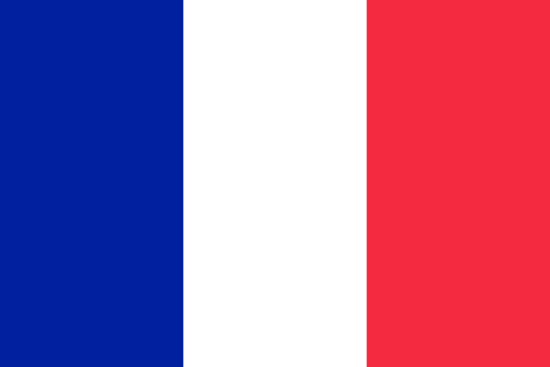 Etat de l'enseignement supérieur et de la rechercheL'état de l'Enseignement supérieur et de la Recherche en France n°8 - juin 2015
Etat de l'enseignement supérieur et de la rechercheL'état de l'Enseignement supérieur et de la Recherche en France n°8 - juin 201510 - le profil des nouveaux bacheliers entrant dans les principales filières du supérieur - Laurent Fauvet & Sylvaine Péan
